I'm trying to solve a simple system of non-linear equations described in this post.
The system is two equations with two unknowns p and q and a free parameter lambda:
When lambda = 1 the system looks like this:
There is a unique solution and it's in the vicinity of p = 0.3, q = 0.1.
I'm trying to solve it with nleqslv. My objective function is:
library(nleqslv)
fn = function(x, lambda = 1){
# p = x[1]
# q = x[2]
pstar = exp(lambda * (1*x[2])) / (exp(lambda * (1*x[2])) + exp(lambda * (1 - x[2])))
qstar = exp(lambda * (1 - x[1])) / (exp(lambda * ((1 - x[1]))) + exp(lambda * (9*x[1])))
return(c(pstar,qstar))
}
but the results don't match what the plot:
> xstart = c(0.1, 0.3)
> nleqslv(xstart, fn)$x
[1] 1.994155 -8.921285
My first question is: am I using nleqslv correctly? I thought so after looking at other examples. But now I'm not sure.
My second question: is this a good problem nleqslv? Or am I barking up the wrong tree?



